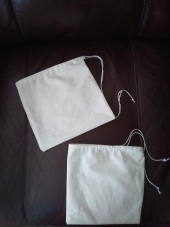Mike, I did exactly that with the dedicated snips all last year. Except I used surgical scissors because they're easier to carry...I made a sheath for them out of gription (inner tube rubber), a belt hanger and a paracord toggle, so I could carry them at all times, every day. It was the only tool besides my key loop that I carried at all waking hours. I killed and killed and killed, and killed! Killing was done by me. I did kills.
I made a killmountain. A Killimanjaro, if you will. And it did nothing!!! Except probably enrich the soil.
I lost burdock, lettuce, squash, cucumbers, strawberries, beets, ulluco, the list goes on. I've NEVER been able to grow carrots. i made Sluggoo biodynamic tea, which worked but requires militant discipline in application. I wrote a thread about it on permies because it smelled so much like manure tea, and believe that it had a fertilizing effect on some snap peas I tested last year. This year I will be trapping the slugs rather than hunting them.
Every year I turn up my slug control efforts; I'd say they take up 20% of my time right now. I'm only considering Sluggo because it's effective PASSIVE control...I want my time in the garden back! I have no compunctions about killing; i think of it as "correcting", because I am trying to right an imbalance created by humans. And anyway, nothing really "goes to waste".
i also have Helix aspersa and pomatia in my gardens, and I certainly don't want to kill them except with some butter and garlic.
I bought some Slug-X beer traps, made in the UK, and will be using those. They claim to catch up to 50 slugs before maxing out, and they are obviously rainproof, unlike some other beer traps. (I'd been looking for the Oregon Slug Trap, but this one looks bigger.)





